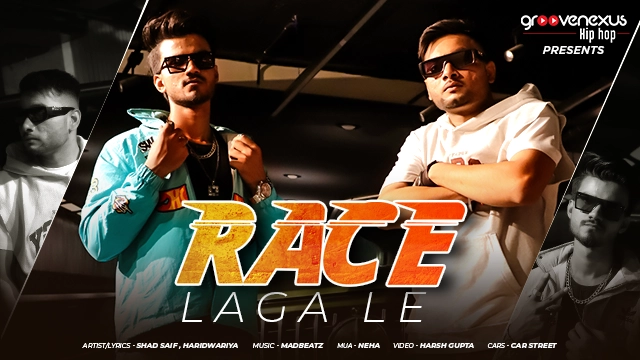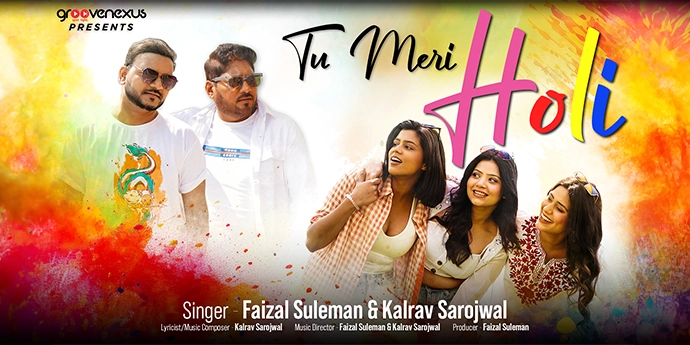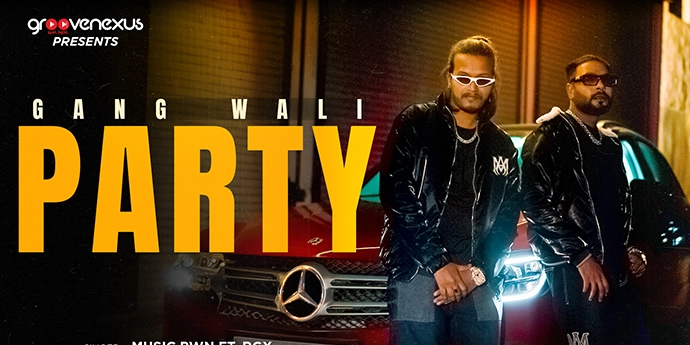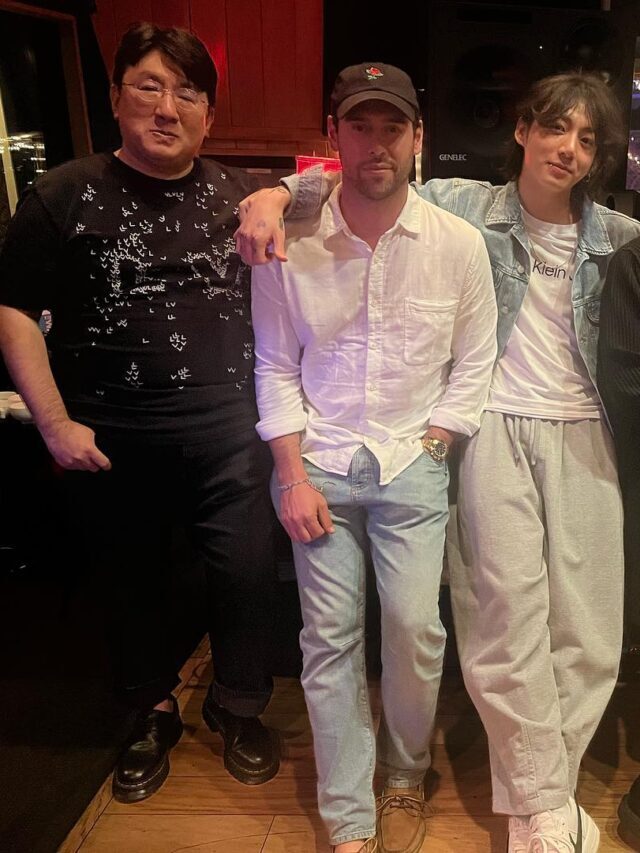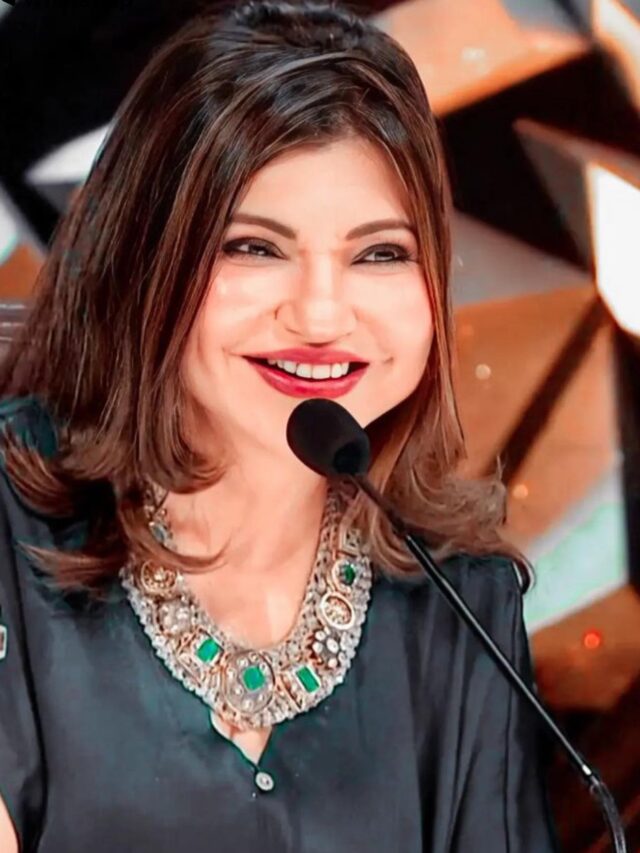Musicians and artists may express themselves and their creativity through tempos, scales, and melodies. But their work is often defined in terms of what purpose it is solving along with the contextual classifications. Many of the designations like genres and technical identifiers, seem backfoot if all that you care about is a nice beat. They still are, however, worthy of closer attention, specifically when you’re trying to tell a story using modern media – the digital media, through digital channels. If the dialogues and visuals are the centerpieces of your marketing tale of your artistic production, then the music sets the stage.
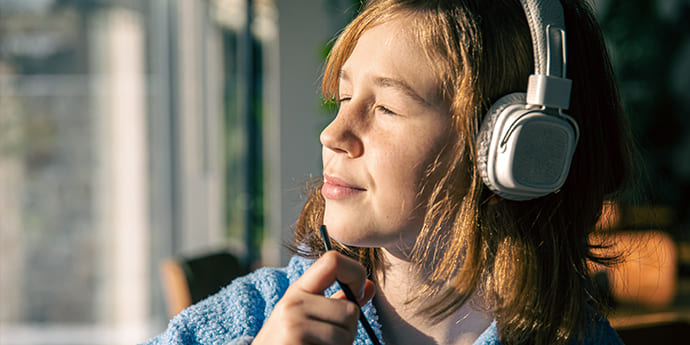
Table of contents
Programmatic audio is the new buzz in the music industry and artistic field
Definition-
Programmatic, or program, in music refers to music that exists to bring you a narrative. The term ‘programmatic’ commonly refers to the background orchestration in stage dramas, or plays. Most definitions, however, exclude singing to certain extent unless that has integral production plots. Such as the vocals in an opera or musical. In the Digital Era, programmatic audio is ramping up and has taken new dimensions as an important element of a commercial content.
Meaning –
Should you use programmatic music? Here’s how to make the right choice about adding oomph to your production — and deciding what kind of sound sets the perfect tone when you are producing something of your own or even when you are working for a musician.
We all are experiencing a profound and powerful situation — pandemic. Collectively and for safety we all are continuing with isolation and maintaining social distance as much as we can. We’re still coping up with one of the strangest and most difficult experiences of our lives. For the party lovers and go-getters spending time with colleagues and their loved ones after a painful, prolonged separation is quite difficult and the delay in revoking to normal is something hard to cope up with for many.
Whatever may be our circumstances amid pandemic, we are sharing a stressful situation together, un doubted. Global pandemic situation has redefined our relationship with private and public spaces, daily routines and activities.
One consequence is so bad that many of us are seeing things from a new perspective. The fear of uncertainties is there in every thing we do. We’ve become a little conscious about the simple things like a morning commute or a workout at the gym etc. As we continue to battle this pandemic, many of us have begun establishing new norms and patterns in various activities that we do. Much that was mundane pre-pandemic, is now simply profound.
Programmatic audio is one such change that we see happening in the industry and picking up with pace. It is the use of technology (software) to automate the process of buying and inserting ads in digital audio content in audio streaming services. Such as – music streaming services, online or digital radio and podcasts, etc. and as opposed to the traditional process of human negotiation. Learn more about best USB audio interface here.
Using this powerful advertising medium on a digital platform for digital audio advertising, you get leverage to refine your target audience or listeners, improve engagement basis traffic, gather advanced reporting insights and make changes to the advertisements.
Programmatic audio advertising offers sophisticated targeting options in segments and hence advertisers can target via advanced data points, or via non-personally identifiable logged-in data including age, gender, listening habits and device that is being used so on and so forth.
What is Programmatic audio DSP?
A demand-side platform (DSP) is programmatic software for advertisers. A DSP helps to facilitate media buying from various publishers through SSPs, ad exchanges, ad networks, and direct integrations. Programmatic audio DSPs help brands and agencies to determine which impressions to buy and at what price.
Audio engineers and music producers have to do a lot of things to make their creations useful for their audiences. Audio engineers are mainly responsible for recording the sounds that turn into music (or other audible sounds) that you hear through speakers. They’re also responsible to maintain and repair the audio equipment used in recording studios. Here’s what audio engineers do.
Advertisement through Programmatic Audio and its benefits:
Brand Safety
It makes sure that your ads are only running alongside the audio content that is in alignment to your brand messaging
Partner Integrations-
Power your partner integrations with the leading streaming platforms by using relevant data.
Apt targeting
Get an access to right set of audiences across open internet demographics like device type, geolocations, genres, playlists and much more.
Premium Inventory
Get premium inventory from well-established music and podcast platforms like Spotify, SoundCloud, AdsWizz etc.
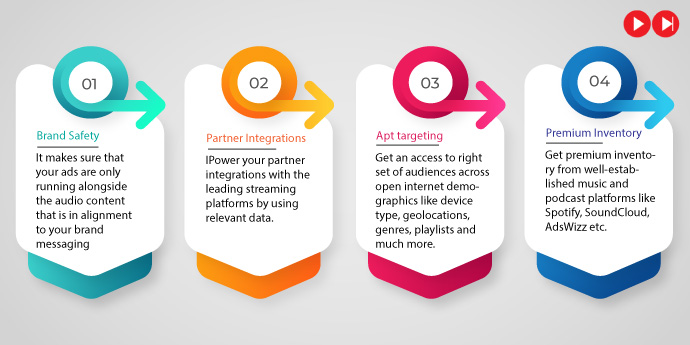
Challenges of Programmatic Audio Advertising
Until recently, programmatic audio was dealing with some initial growing challenges. Now most of them have been addressed and the others will wither away as technology advances.
- Incomplete Technology: The existing non-compatible technology doesn’t drive digital ad-buying in its medium, and hence it makes the platform a little incompatible with using.
- Undersupply and under demand: Lack of scale makes it challenging to attract advertisers and publishers. That’s why real-time bidding (RTB) auctions are difficult to execute in programmatic audio advertising.
Digital audio and audio streaming gives a range of features like frequency capping and real-time optimization, making it agile as other channels. It is mandatory to keep some key creative principles in mind to succeed with digital audio and set a standard in programmatic audio benchmark:
Learn about various audio file types that are useful in making your video more interesting.
• Mind your tempo
For 30-second ads, aim for 55-75 words. For 15 second ad, try to write 40 words. The usual “slow” speech rate guidelines are said to be around 110 words per minute.
However, in radio and podcasts, the host reaches the 150-160 words per minute mark.
Slowing down your tempo adds a layer of engagement in the listener’s mind. Especially a disengaged one. When spoken out in pace, a script is said to be building the sentiments of being addressed to the listeners directly. Not to be assaulted with a verbal barrage to be mentally glossed over.
• Be conversational
Audio provides a unique intimacy and connects with audiences. Use a voice tone that you would use while speaking to a friend or loved ones. Practice recording your brand’s key message as you were having a conversation before drafting your script draft. Use the same conversational recording as your guideline to ensure that the conveyed language and message is clear, engaging, and accessible.
• Include a call to action
Speak in a way that your listeners get a chance to engage. A direct call to action drives higher performance. Just try it!
• Build a story and narrate it with heart
Transport the listener through the use of subtle effects and environmental imagery. The sound effect should be so powerful that a listener relates themself with the situation and the storyline.
Harness the power of sound
Harness the power of audio and set the stage for the narrator. Create the environment you want your listener to experience when they conceive your message.
Sound or story, when coupled with thoughtful programmatic targeting with digital audio, helps to connect with audiences on an entirely different level. Everything old is new again. The stories and music we heard during other times in our lives have taken on new relevance. Every time we’re outside of our homes seems to exist in Technicolor. It’s time for savvy marketers to capitalize through programmatic audio trends.
What does the Programmatic Music hold for the artists today?
Programmatic music nowadays is no longer constrained to chamber orchestras or classical arias; you can pick any genre from jazz, rock or any other that suits your branding. You can avoid conventional styles in programmatic music entirely and stick to ambient tunes that suggest emotions through airy tones and subtle harmonies. This freedom of choice doesn’t mean that picking programmatic music isn’t worth serious consideration. The audiences and listeners might not be paying as much attention as they did in the days of live performances. Still, program music is an integral portion to artistic media and very important for commercial content.
Head to our next blog that narrates about Spitfire audio libraries in programmatic audio game. Explore more about Spitfire audio instruments. It is an undeniable fact that a knack for experimentation underlying the philosophy of the Spitfire music approach is a game-changer in Music Tech space.


